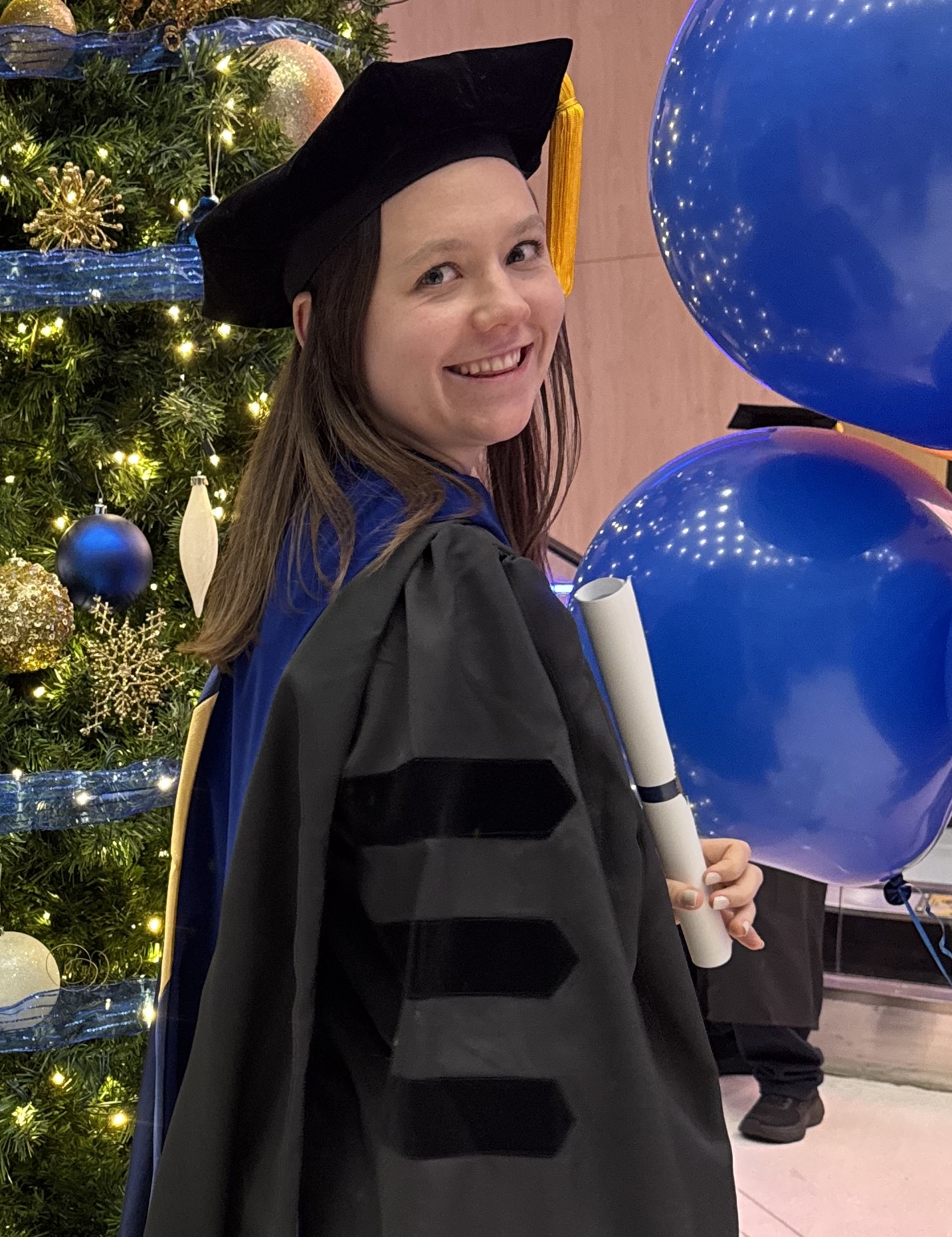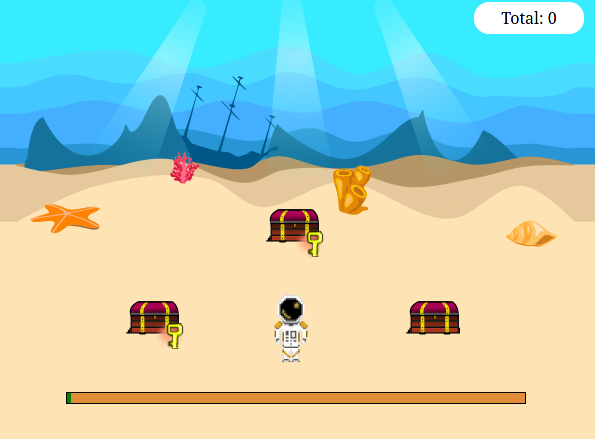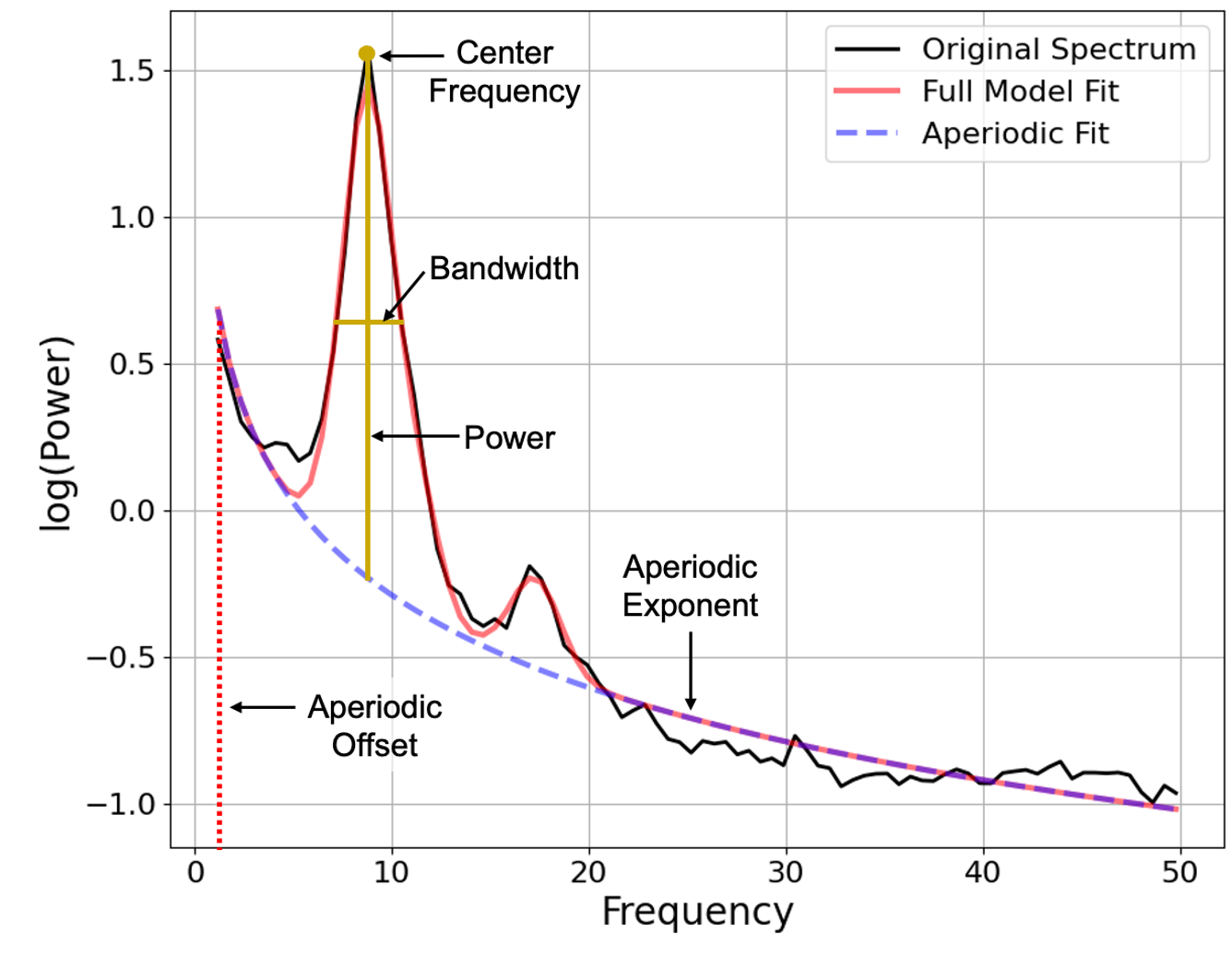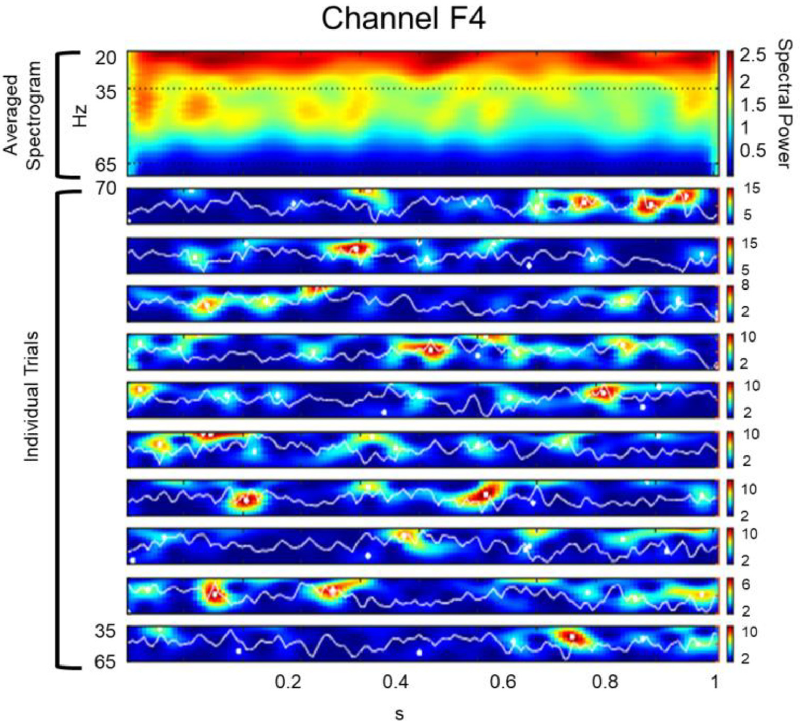Prefrontal Excitation/Inhibition Balance Supports Adolescent Enhancement in Circuit Signal to Noise Ratio
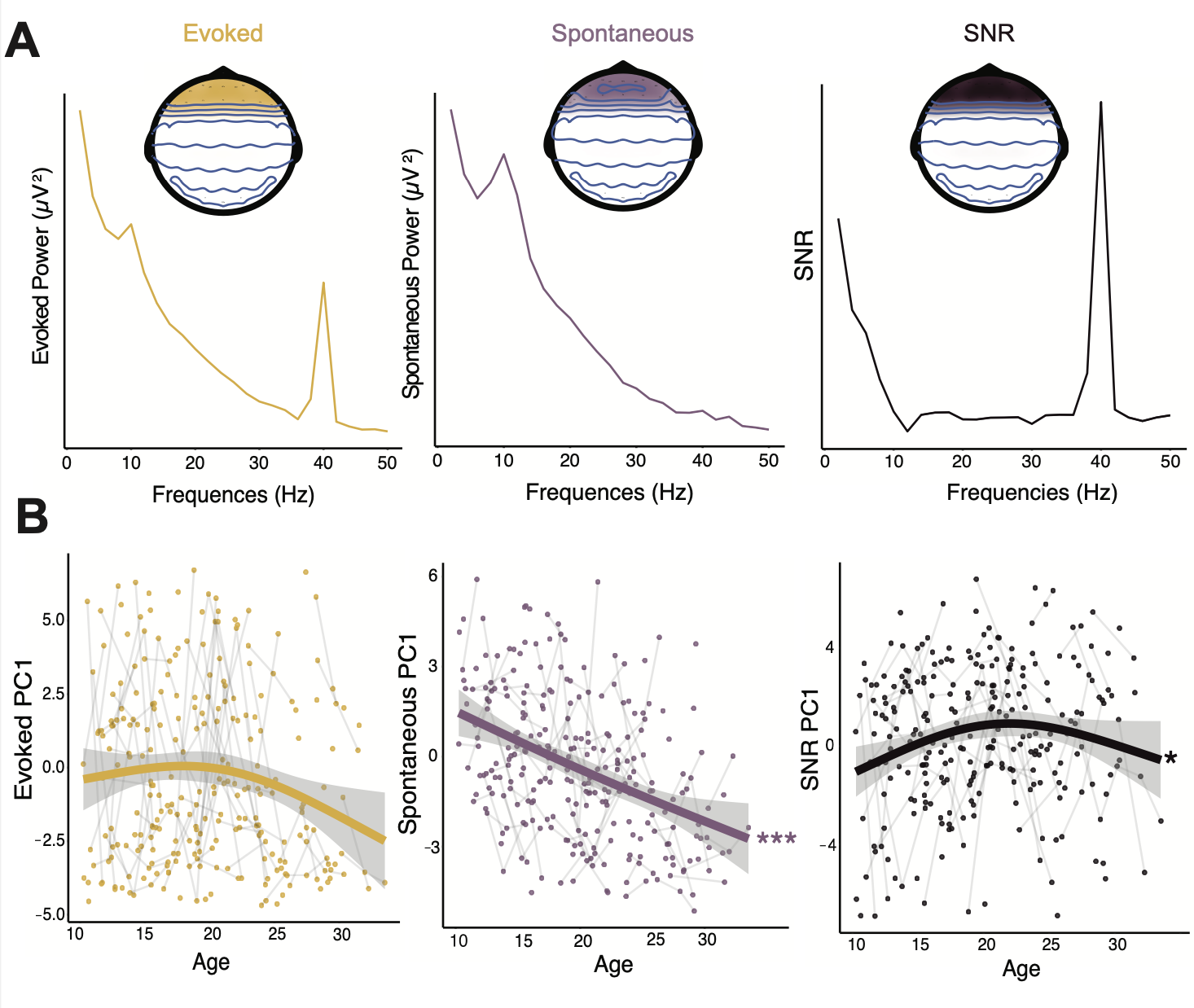
The development and refinement of neuronal circuitry allow for stabilized and efficient neural recruitment, supporting adult-like behavioral performance. During adolescence, the maturation of PFC is proposed to be a critical period (CP) for executive function, driven by a break in balance between glutamatergic excitation and GABAergic inhibition (E/I) neurotransmission. During CPs, cortical circuitry fine-tunes to improve information processing and reliable responses to stimuli, shifting from spontaneous to evoked activity, enhancing the SNR, and promoting neural synchronization. Harnessing 7T MR spectroscopy and EEG in a longitudinal cohort (N = 164, ages 10-32 years, 283 neuroimaging sessions), we outline associations between age-related changes in glutamate and GABA neurotransmitters and EEG measures of cortical SNR.
